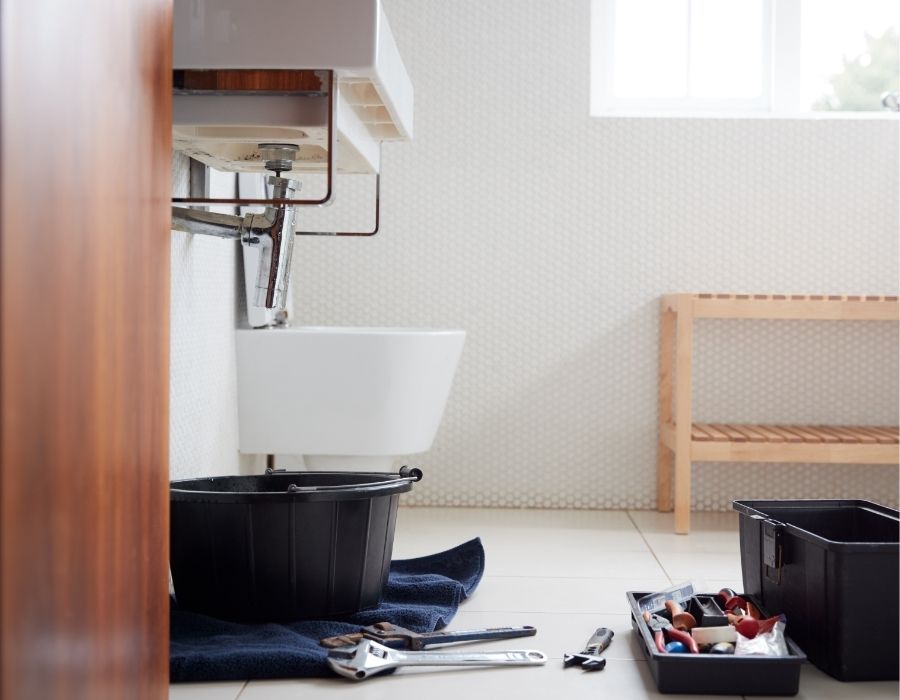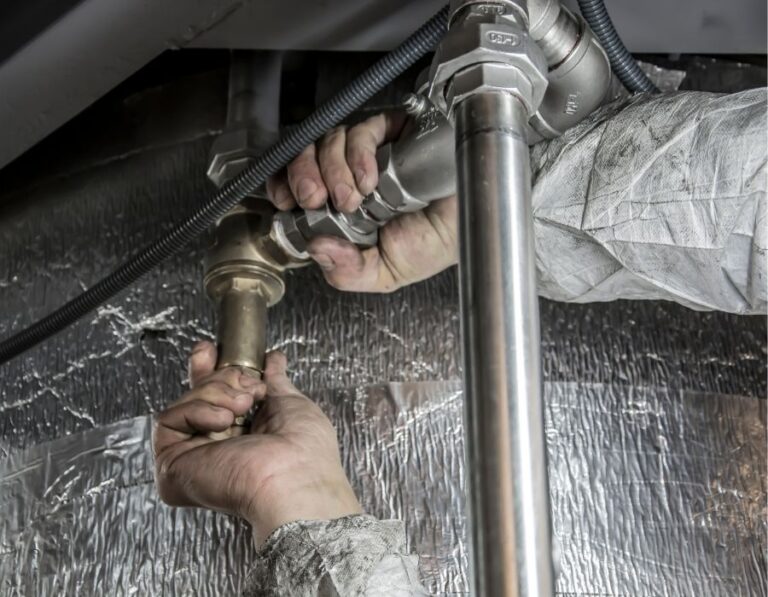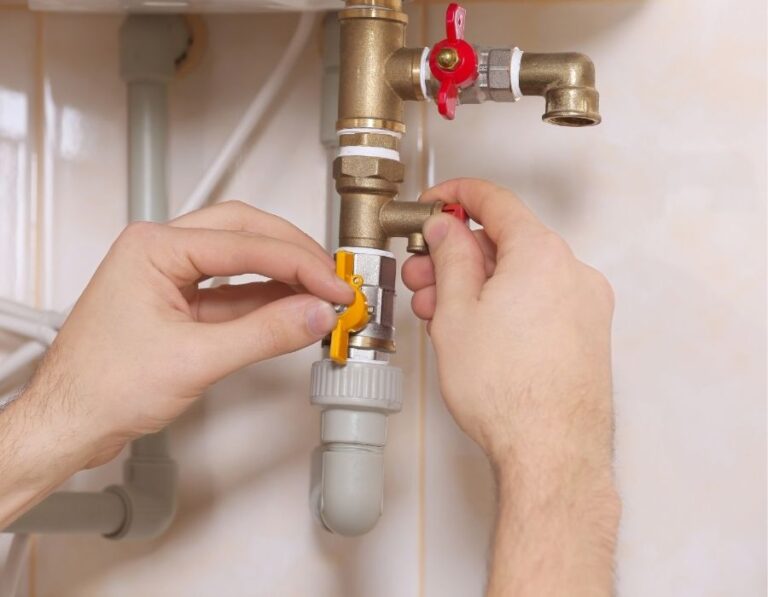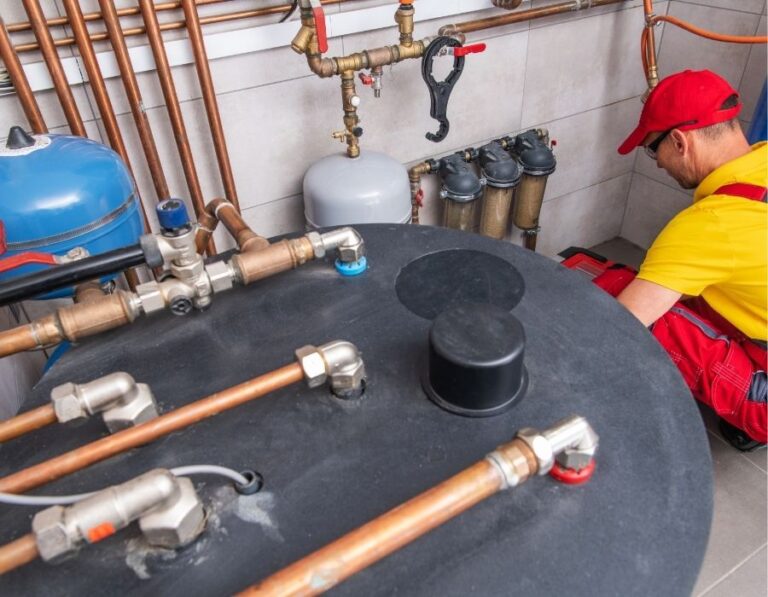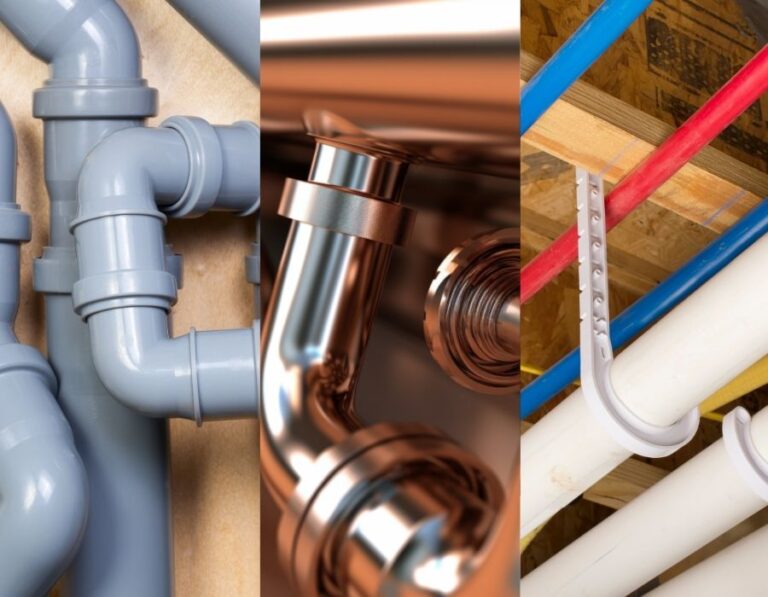7 Smart Ways to Detect and Prevent Hidden Plumbing Leaks Before They Cost You Thousands
A hidden plumbing leak is one of the most expensive problems a homeowner can overlook. Silent yet destructive, it can erode your home from the inside—damaging drywall, warping hardwood floors, fostering mold growth, and quietly spiking your water bill. What starts as a tiny drip behind a wall or beneath a floor can quickly snowball into thousands of dollars in repair costs.
According to the Environmental Protection Agency (EPA), household leaks waste nearly 1 trillion gallons of water each year in the U.S. alone—enough to supply millions of homes. Unfortunately, many of these leaks go undetected until significant damage is already done.
That’s why early detection and prevention aren’t just smart—they’re essential. In this guide, we’ll walk you through seven practical, expert-approved strategies to uncover hidden plumbing issues before they escalate, helping you protect your home, your budget, and your peace of mind.
1. Monitor Your Water Bill for Unexplained Spikes
Your water bill can be one of the first warning signs of a hidden plumbing leak. If you notice a sudden, unexplained increase in your monthly charges—especially when your water usage habits haven’t changed—it’s time to investigate.
Even the smallest leaks can have a big impact. A pipe leak as tiny as 1/32 of an inch (about the thickness of a credit card edge) can waste up to 264 gallons of water per day. That’s over 7,900 gallons a month—enough to fill a small swimming pool!
Get into the habit of reviewing your water bills regularly and compare them month-to-month. Look out for gradual increases, sharp spikes, or seasonal inconsistencies. If something seems off, it might be a hidden leak silently draining your wallet.
2. Conduct a Water Meter Test
Your home’s water meter isn’t just for billing—it’s a powerful tool for uncovering hidden leaks. By performing a simple water meter test, you can determine if water is escaping your system even when all fixtures are turned off.
Here’s how to do it:
- Shut off all water sources. Turn off faucets, appliances, sprinkler systems, and anything else that uses water. Make sure no one uses water during the test period.
- Locate your water meter and take an initial reading. Most meters are found near the curb or sidewalk in front of your home. Jot down the numbers or take a quick photo.
- Wait patiently. Leave everything off for at least 1 to 2 hours—avoid flushing toilets or using any water during this time.
- Recheck the meter. If the reading has changed, it’s a clear sign that water is moving through your system—likely due to a hidden leak.
This method is especially useful because it pinpoints leaks that aren’t visibly damaging surfaces yet. Think of it as your first line of defense against silent water loss.
3. Look for Visible Signs of Moisture
Even the most well-hidden plumbing leaks tend to leave a trail—if you know what to look for. Subtle but consistent signs of moisture can signal a problem lurking behind your walls, under your floors, or around key plumbing fixtures.
Watch for these red flags:
- Water Stains: Yellowish or brown discoloration on ceilings or walls often points to a slow leak above.
- Peeling Paint or Wallpaper: Moisture weakens adhesion, causing finishes to bubble, peel, or flake.
- Warped Flooring: Wooden floors may cup or buckle, while laminate can swell or develop soft spots.
- Mold or Mildew: Musty odors or visible growth—especially in corners or behind furniture—signal excessive humidity caused by leaks.
To catch problems early, regularly inspect high-risk zones like under sinks, behind toilets, around dishwashers, and near water heaters. A flashlight and a bit of curiosity can save you thousands in repairs.
4. Listen for Unusual Sounds
Sometimes, your ears can detect what your eyes can’t. If you hear water running—even when every faucet, appliance, and toilet is turned off—it may be a sign of a hidden leak quietly wasting water behind the scenes.
Be alert to these suspicious sounds:
- Dripping: A rhythmic, slow drip may signal a pipe leak behind a wall or ceiling.
- Hissing: This can indicate a high-pressure leak, especially around toilets or supply lines.
- Rushing or Whooshing: A steady sound of water flow, particularly when no fixtures are in use, is a strong sign of a concealed leak—possibly under the floor or within a wall cavity.
Try walking around your home when it’s quiet, especially late at night or early in the morning. Pay special attention near bathrooms, kitchens, basements, and utility closets. If you hear something unusual, it’s worth calling a plumber before minor damage turns into a major headache.
5. Utilize Leak Detection Devices
Modern technology makes it easier than ever to catch plumbing leaks before they cause major damage. Leak detection devices such as water alarms can alert you with a loud sound when moisture is detected—perfect for areas under sinks, near water heaters, or behind appliances. Smart leak detectors go a step further by connecting to your Wi-Fi and sending instant notifications to your smartphone, allowing you to take action even when you’re away. For maximum protection, automatic shutoff systems can detect abnormal water flow and automatically stop the water supply to prevent flooding. Installing these devices in leak-prone areas offers an added layer of security and peace of mind, acting as a silent sentinel that protects your home around the clock.
6. Schedule Regular Professional Inspections
While DIY methods can help catch obvious signs of plumbing issues, professional inspections offer a deeper layer of protection. Licensed plumbers use advanced diagnostic tools such as infrared cameras, which detect temperature variations that signal hidden moisture, and acoustic leak detectors that identify sound frequencies associated with water movement behind walls or under floors. Moisture meters are also commonly used to measure dampness in building materials, pinpointing problem areas before visible damage appears. Scheduling annual plumbing inspections ensures that even the smallest leaks are caught early, preventing costly repairs and preserving the integrity of your home’s infrastructure.
7. Implement Preventative Measures
Preventative maintenance is one of the most effective ways to reduce the risk of hidden plumbing leaks and prolong the life of your plumbing system. Start by insulating exposed pipes, especially in unheated spaces like basements, attics, and crawl spaces, to prevent freezing and bursting during cold weather. Keep an eye on your home’s water pressure—excessively high pressure can strain pipes and joints, so consider installing a pressure regulator if needed. Steer clear of chemical drain cleaners, which may offer quick fixes but can corrode pipes over time, leading to future leaks. Lastly, make it a habit to inspect appliance hoses and seals regularly, as worn or loose connections are common sources of hidden water damage. By taking these proactive steps, you can protect your home from costly leaks and enjoy a healthier, more reliable plumbing system.
Stay Ahead of Hidden Leaks and Safeguard Your Home

Hidden plumbing leaks may start small, but their impact can be substantial—leading to structural damage, mold growth, and costly repairs if left unchecked. The good news is that with a proactive mindset and the right strategies, you can prevent these issues before they arise. By closely monitoring your water usage, staying alert to visual and auditory warning signs, embracing leak detection technology, and scheduling routine professional inspections, you create a strong defense against silent water damage. Prevention isn’t just about saving money—it’s about preserving the safety, integrity, and comfort of your home for years to come.

